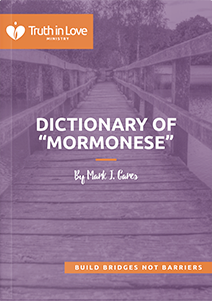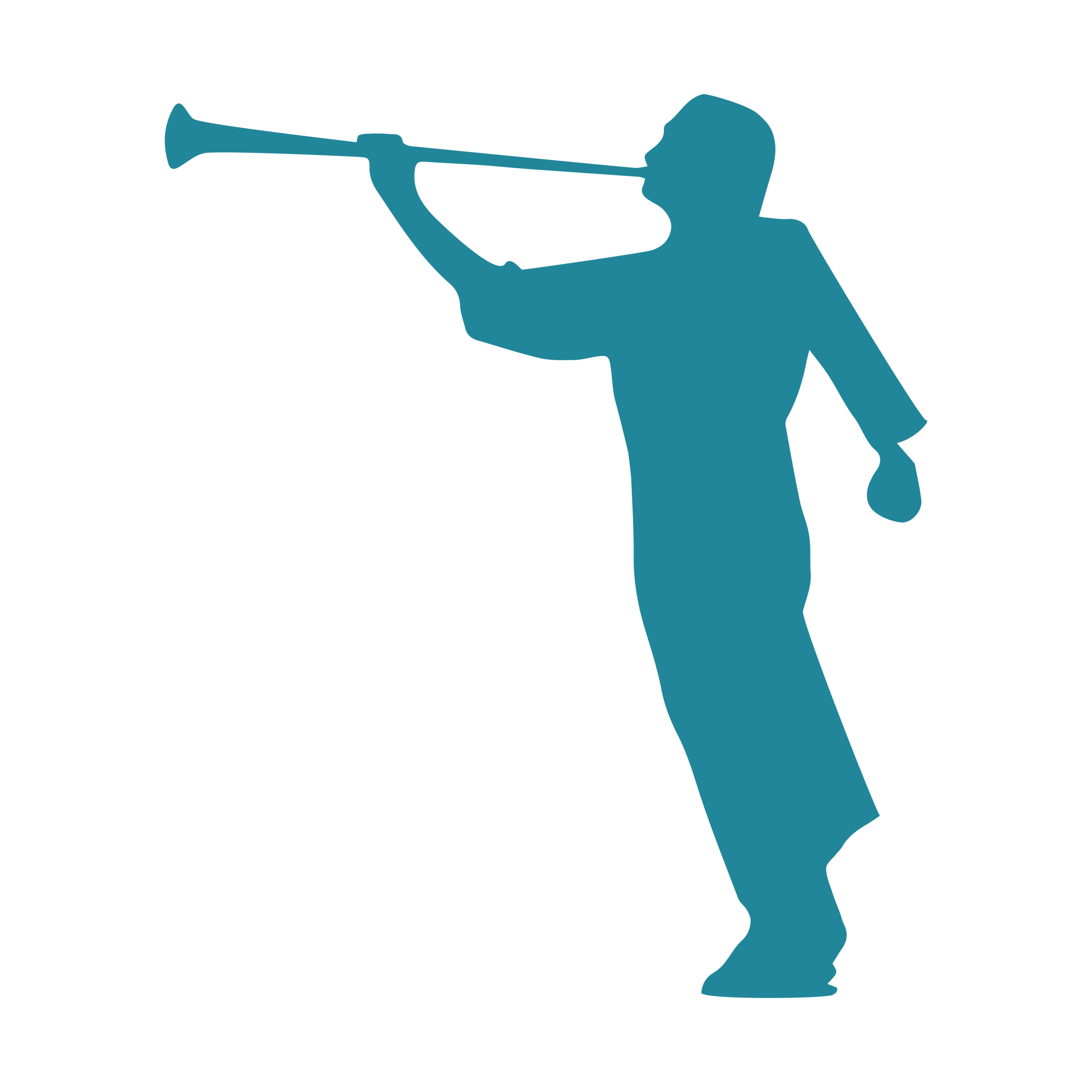The Priesthood
What does the Bible teach about the priesthood?
In the Old Testament, priests represented the people before God. As the people’s representatives, one of their primary responsibilities was to offer sacrifice for the people.
As our ultimate priest, Jesus didn’t sacrifice animals for us; he sacrificed himself! His sacrifice was unique because Jesus was and is a unique person. From all eternity, he was God himself. This is why his one death could pay for the sins of all people. When Jesus died, it was nothing less than God sacrificing himself for us! God purchased us with his own blood. Only he could make this sacrifice because no person can pay for the sins of even one other person. Jesus — and only Jesus — could pay for our sin. This is why he is the Christ, the anointed one, the ultimate priest.
The Old Testament Aaronic priests not only sacrificed for the people, but they also prayed for them. This is something Jesus still does for his believing children, interceding on our behalf.
In the New Testament, the Aaronic priesthood was replaced by the Melchizedek priesthood, of which Jesus is the final and only high priest who made the complete and ultimate sacrifice for the world. Now all believers in Jesus’ substitutionary work form a royal priesthood, a people belonging to God for the purpose of praising him. The priesthood was never lost. All believers are given the authority to act in God’s name.
...You also, like living stones, are being built into a spiritual house to be a holy priesthood, offering spiritual sacrifices acceptable to God through Jesus Christ. For in Scripture it says:
“See, I lay a stone in Zion,
a chosen and precious cornerstone,
and the one who trusts in him
will never be put to shame.”
Now to you who believe, this stone is precious. But to those who do not believe,
“The stone the builders rejected
has become the cornerstone,”
and,
“A stone that causes people to stumble
and a rock that makes them fall.”
They stumble because they disobey the message — which is also what they were destined for.
But you are a chosen people, a royal priesthood, a holy nation, God’s special possession, that you may declare the praises of him who called you out of darkness into his wonderful light.
1 Peter 2:5-9
What does Mormonism teach about the priesthood?
The LDS church teaches that the priesthood is the power and authority of God to act on his behalf. All worthy male members enter the priesthood. Only they can properly administer the ordinances; thus, the LDS church does not recognize Christian baptism. They believe the priesthood also gives them power to receive revelations. There are two priesthoods: the Aaronic and the Melchizedek.
The Aaronic priesthood serves as the entry point into the priesthood for boys twelve and older and adult male converts. It is responsible for the church’s temporal affairs.
The Melchizedek priesthood is for all worthy adult male members.
Our Heavenly Father delegates His priesthood power to worthy male members of the Church.
Gospel Principles, Chapter 13: The Priesthood
The priesthood is the eternal power and authority of our Heavenly Father. Through the priesthood, God created and governs the heavens and earth. Through this power He redeems and exalts His children. He gives worthy priesthood holders authority to administer ordinances of salvation. All of Heavenly Father’s children can qualify to receive these ordinances and access the power and blessings of the priesthood.
Come Follow Me for Young Women: What is the Priesthood?
Through the authority of the Melchizedek Priesthood, Church leaders guide the Church and direct the preaching of the gospel throughout the world. This greater priesthood was given to Adam and has been on the earth whenever the Lord has revealed His gospel. It was taken from the earth during the Great Apostasy, but it was restored in 1829, when the Apostles Peter, James, and John conferred it upon Joseph Smith and Oliver Cowdery.
True to the Faith, P. 101
Why this Matters
The LDS teaching of the priesthood causes people to look to man rather than Christ as the mediator before God.
Jesus became our high priest and prophet forever when he offered himself as the ultimate sacrifice, and his body (community of believers) is now the temple of God. That newly inaugurated, living way is through his very own body, which the temple curtain foreshadowed.
When Jesus ushered in the new covenant of grace, he fulfilled all the old covenant’s priesthood, prophets, temples, and ordinances. When Jesus hung on the cross paying for the sins of the world, he cried out, “It is finished.” At that time, the temple veil or curtain was supernaturally torn in two, from top to bottom, from God down to man, signifying the end of the separation between men and God, giving us free access to the Father through the righteousness of the Son. The curtain, which formerly stood between God and man, is now replaced with the God-man Jesus who unites divinity and humanity in himself. Through him, we have bold and confident access to the Lord himself.
Mormonism rehangs the veil that Jesus tore through his death.
Mormonism re-separates humanity from God.
However, because Jesus continues to serve as our priest, we don’t need any earthly mediator to help us approach God. In Jesus, we have full access to him. This is tremendously comforting. Wherever believers are, whenever it is, they can approach God through Jesus and be confident he will forgive and help them. All because Jesus is the ultimate priest.
Scripture References
Acts 20:28
Psalm 49:7
John 19:30
1 Peter 2:5-9
Stop talking past each other. Gain a better understanding of the words that are unique to Mormonism and the differences of shared terms between Mormonism and Christianity.
Summary
Christianity
All believers form a royal priesthood.
Mormonism
Worthy male members may be priesthood holders.


